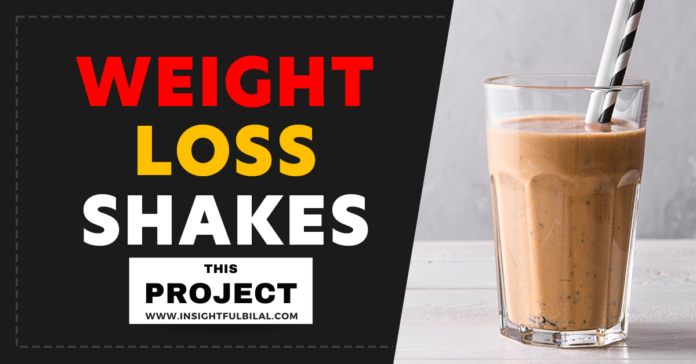How To Use Weight Loss Shakes
The Rise of Meal Replacement Shakes
How To Use Weight Loss Shakes

Understanding Meal Replacement Shakes:
How To Use Weight Loss Shakes
Key Components of Meal Replacement Shakes:
- Protein: Protein is a crucial component of meal replacement shakes, as it helps promote feelings of fullness and supports muscle repair and growth. Common sources of protein in meal replacement shakes include whey protein, soy protein, pea protein, and casein.
- Carbohydrates: Carbohydrates provide energy and fuel for the body, and they are typically included in meal replacement shakes in the form of complex carbohydrates such as oats, quinoa, or sweet potatoes. However, some shakes may contain lower amounts of carbohydrates to cater to specific dietary preferences or weight loss goals.
- Fats: Healthy fats are essential for overall health and satiety. Meal replacement shakes often contain sources of healthy fats such as nuts, seeds, coconut oil, or MCT oil to provide sustained energy and support nutrient absorption.
- Vitamins and Minerals: To ensure nutritional completeness, meal replacement shakes are fortified with vitamins and minerals to meet essential nutrient needs. These may include vitamins A, C, D, and E, as well as minerals like calcium, magnesium, and potassium.
Benefits of Meal Replacement Shakes:
Convenience: Meal replacement shakes offer a quick and convenient option for individuals with busy lifestyles who may not have time to prepare or sit down for a traditional meal.
Portion Control: By providing pre-portioned servings, meal replacement shakes help individuals control calorie intake and avoid overeating, making them a useful tool for weight management.
Nutritional Balance: Meal replacement shakes are formulated to provide a balanced mix of macronutrients and micronutrients, ensuring that essential nutrient needs are met even when traditional meals are skipped.
Versatility: Meal replacement shakes can be customized to suit individual preferences and dietary needs by adding fruits, vegetables, nut butter, or other ingredients to enhance flavor and nutritional content.
Considerations and Precautions:
Whole Foods vs. Shakes: While meal replacement shakes can be a convenient option, they should not replace whole, nutrient-dense foods in the long term. A balanced diet should include a variety of foods to ensure adequate intake of essential nutrients.
Added Sugars and Artificial Ingredients: Some meal replacement shakes may contain added sugars, artificial flavors, or preservatives, which may not align with certain dietary preferences or health goals. It’s essential to read labels carefully and choose products with minimal additives.
Individualized Approach: Meal replacement shakes may not be suitable for everyone, particularly those with specific dietary restrictions, food allergies, or medical conditions. It’s important to consult with a healthcare professional or registered dietitian before incorporating meal replacement shakes into your diet.
Practical Tips for Incorporating Meal Replacement Shakes:
Meal Replacement on the Go: Keep pre-portioned meal replacement shakes handy for busy days, travel, or when access to traditional meals is limited.
Post-Workout Nutrition: Use meal replacement shakes as a convenient option for refueling after exercise, providing essential nutrients to support muscle recovery and replenish energy stores.
Weight Management Support: Include meal replacement shakes as part of a structured weight loss or maintenance plan, using them to replace one or two meals per day while emphasizing whole, “Choose foods rich in nutrients for the rest of your meals.”
Conclusion:
Meal replacement shakes offer a convenient and practical solution for individuals seeking to maintain a balanced diet amidst the demands of modern life. While they can serve as a useful tool for supporting weight management goals, it’s essential to approach them mindfully and incorporate them as part of a balanced and varied diet. By choosing high-quality products, customizing shakes to suit individual preferences, and prioritizing whole, nutrient-dense foods whenever possible, meal replacement shakes can be a valuable addition to a healthy lifestyle.
For more info visit this link: https://insightfulbilal.com/exploring-weight-loss-supplements/




Thanks for sharing. I read many of your blog posts, cool, your blog is very good.
thank you